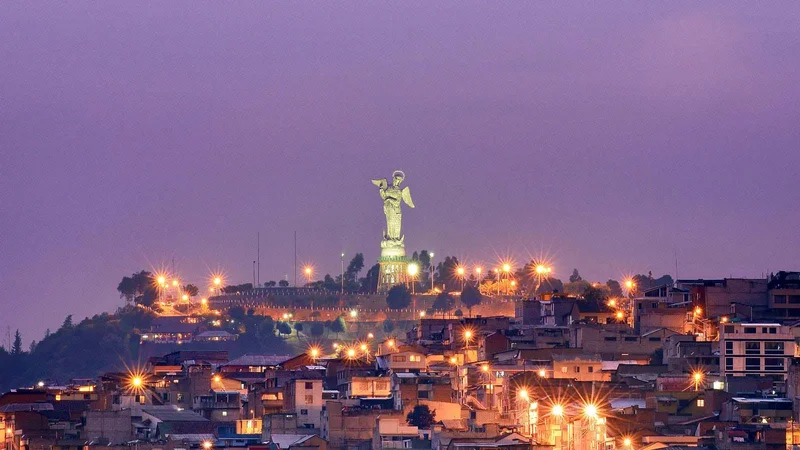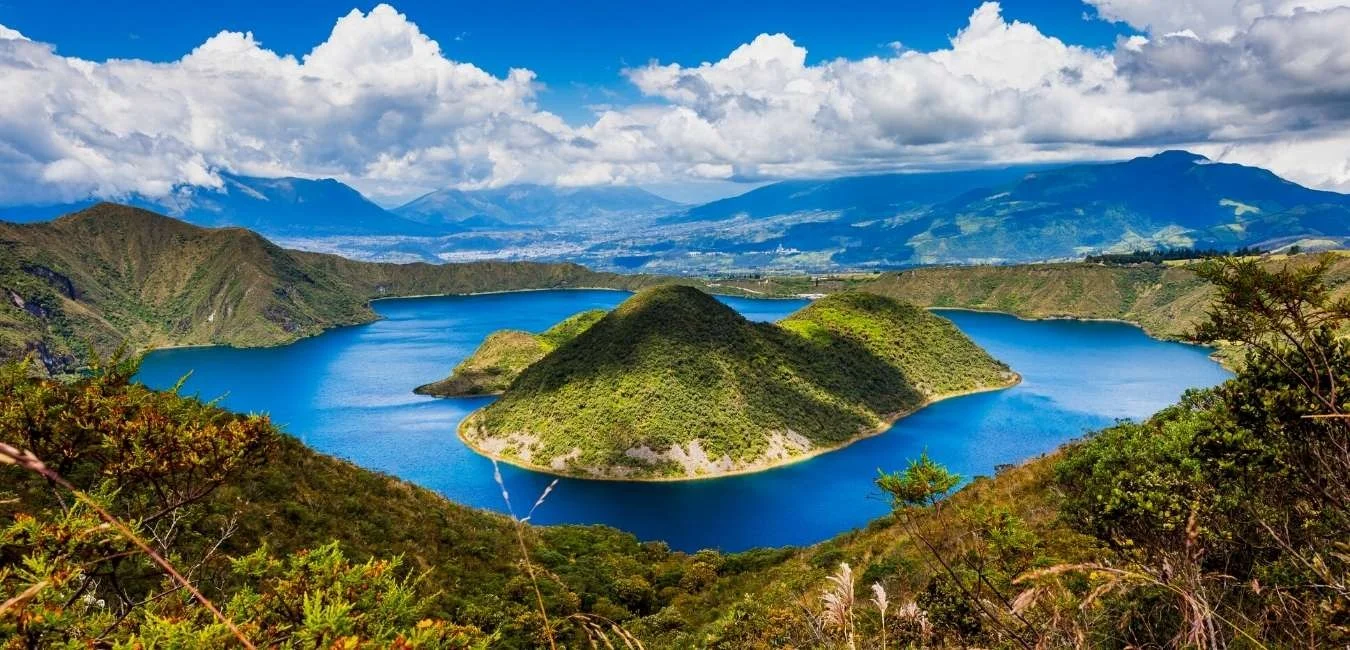
Ecuador Travel Information, Facts, Culture, Nature & Other Highlights
If you are spending time on and around the Galapagos islands, it is highly recommended to organize Ecuador tours as a compliment to your vacation. To travel to Ecuador is to visit a culture which epitomizes diversity, which strongly holds a wide range of fascinating traditions, beautiful rituals, religions and cultural practices as its own, whilst being extremely welcoming to visitors keen to uncover this fascinating country and her people.
An Ecuador vacation will allow you to visit this experiential destination, with no less than fourteen separate peoples have indigenous roots in this small equatorial country, and their spiritual practices provide a beating heart and colorful atmosphere which seems to permeate every street, and which can be felt even in the mountainous and densely forested regions. For those interested in very distinct and unusual cultures, a tour to Ecuador is unmissable as a result of the thriving native shamanic practices which have gained worldwide fame and attention over the past few decades.
On your Ecuador tour, you can discover one of the truly unspoilt examples of native Amazonian culture, with the native Indians partaking in rituals (often involving the ingestion of the renowned hallucinogen Ayahuasca) which allow them to commune with their gods, resplendent with their costumes, dances and native music.
Ecuador offers Diversity and Beauty
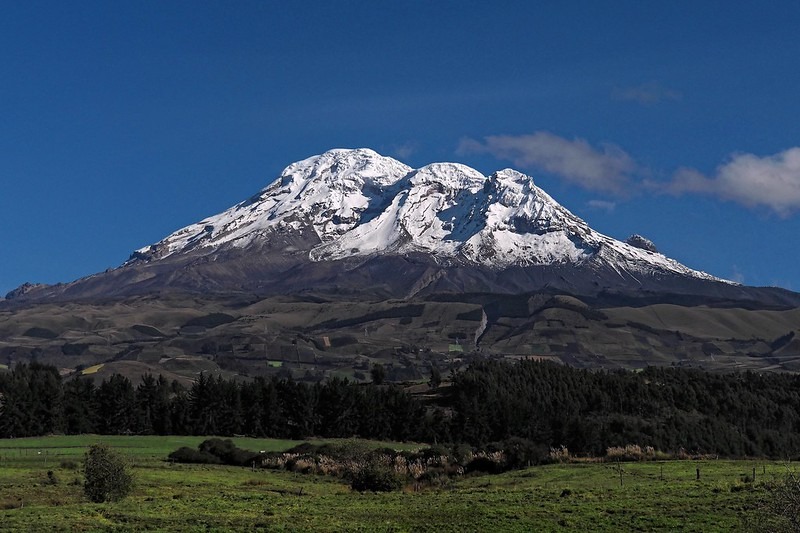 Ecuador benefits from being one of those remarkable countries which seem to have a bit of everything and holds fine examples of rainforest zones in the form of the Chocó, where cacao beans, bananas and all manner of tropical fruits grow in abundance. The unique andean cloudforest at the edge of the Andes mountains sprinkled with fluttering hummingbirds. A visit to mainland Ecuador would be incomplete without a trip into the Amazon basin, a vast area of dense, lush forest bisected by the famed river, which holds some of the most remarkable species of flora and fauna to be found anywhere on earth. Indeed, it is said that the Amazon rainforest is home to the highest levels of biodiversity on the planet, so be prepared to see, smell, hear and touch a remarkable array of wildlife and tropical vegetation.
Ecuador benefits from being one of those remarkable countries which seem to have a bit of everything and holds fine examples of rainforest zones in the form of the Chocó, where cacao beans, bananas and all manner of tropical fruits grow in abundance. The unique andean cloudforest at the edge of the Andes mountains sprinkled with fluttering hummingbirds. A visit to mainland Ecuador would be incomplete without a trip into the Amazon basin, a vast area of dense, lush forest bisected by the famed river, which holds some of the most remarkable species of flora and fauna to be found anywhere on earth. Indeed, it is said that the Amazon rainforest is home to the highest levels of biodiversity on the planet, so be prepared to see, smell, hear and touch a remarkable array of wildlife and tropical vegetation.
Of course the nature travel highlight in Ecuador, and actually in all of Latin America, is taking a multi-island Galapagos cruise or a Santa Cruz island based trip, to spot the majestic giant tortoise, swim with sea lions and other unique species found in this one of a kind national park.
Something for everyone
One of the most popular features for Ecuador travel is the Pacific Coast, where mile upon mile of unspoilt and untouched tropical beaches can be found alongside important archaeological sites and buzzing cities filled with eager tourists and native people. Should you wish to pick up some original Ecuadorian handicrafts, the great market at Otavalo displays some of the real and authentic treasures of the country in the form of weaved goods which have remained unchanged over the centuries.
From the Andes to the cities, from the jungles to the beaches, a tour to Ecuador will greatly enrich your travels in this unique part of the world, and reveal cultures and treasures which have to be seen to be believed.
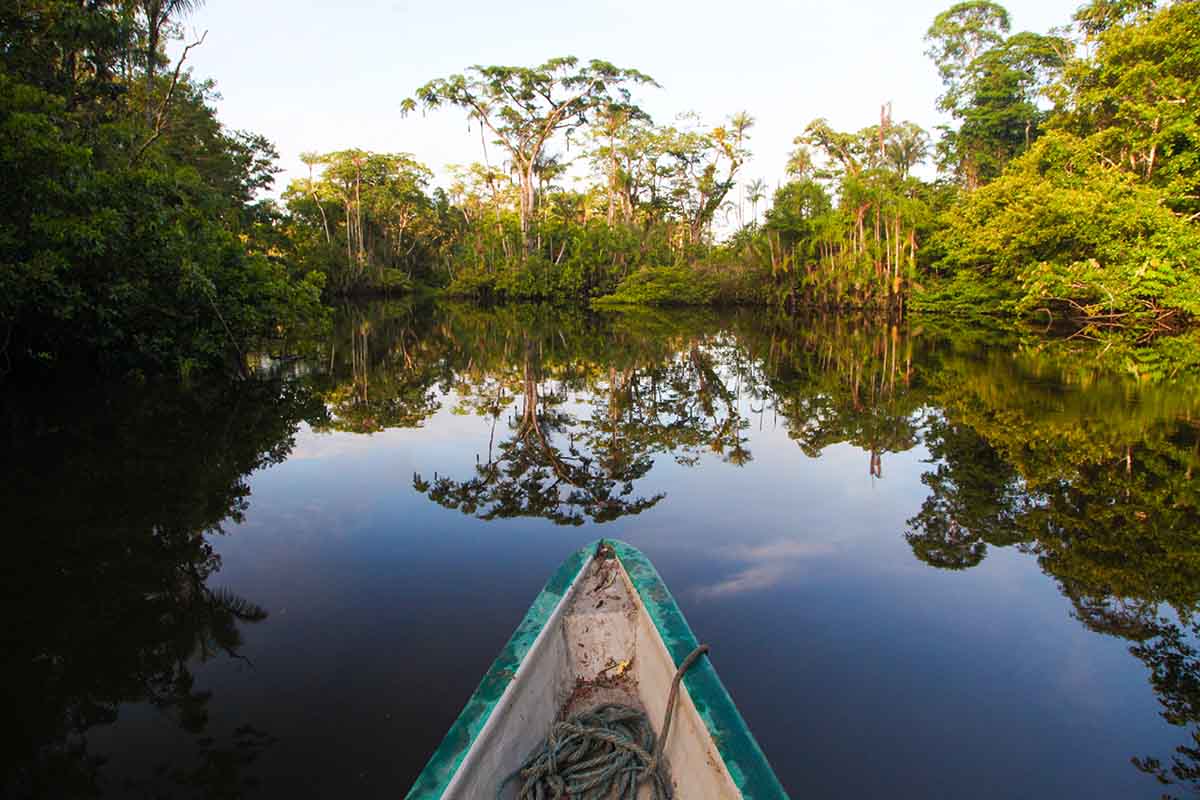

Ecuador General Information
Basics
Name: Republic of Ecuador; Independence: May 24, 1822 (from Spain); Type of government: Democratic Republic; Current President: Lenin Moreno; Area: 256,370 sq. kilometers; Population: 13.1 million; Capital City: Quito (population 2.2 million); Principal cities: Guayaquil, Quito, and Cuenca (the last 2 are each a unesco world heritage site); Official language: Spanish; Currency: U.S. Dollar
People
- Ethnic Division: Mestizo (mixed Indigenous and Spanish): 45%; Indigenous: 35%; Spanish: 10%; Black: 10%.
- Indigenous groups: over 40 indigenous nations including the Quichua, Huaorani, Shuar (Jivaro), Achuar, Cofan, Siona, Secoya, Otavaleño, Tchatchilas (Colorados), Zaparo, Salasacas, Canaris, Saraguro & Chachi
- Languages: Spanish (official), numerous indigenous tongues. Quichua, the language of the Incas, is the most widely spoken indigenous language. English is commonly spoken by professionals and tourism providers.
- Religion: 95% Roman Catholic, however, most mestizos and indigenous converts combine Catholicism with animistic practices and beliefs.
Geography:
- Location: northwestern South America, bordering the Pacific Ocean at the Equator, between Colombia and Peru
- Border countries: Colombia 590 km, Peru 1,420 km
- Area: 256,370 sq. km.- roughly the size of the U.S. State of Colorado
- Coastline: 2,237 kilometers
- Elevation extremes: Lowest point: the Pacific Ocean, 0 meters; Highest point: Chimborazo Volcano, 6,310 meters
(note: Cotopaxi Volcano in the Andes is the highest active volcano in the world) - Climate: tropical along the coast and in the Amazon region, and cooler in the highlands
Terrain: coastal plain (Costa), inter-Andean highlands (Sierra), rolling eastern rainforest plain (Oriente) & the Galapagos Island Archipelago - Land use: Arable land: 6%; Permanent crops: 5%; Permanent pastures: 18%; Forests and woodlands: 56%; Other: 15%
Ecology & Environment
Overview: In the Ecuadorian Amazon, which represents just two percent of the whole basin, live one-third of all the bird species in the entire Amazon region, and 10 percent of all the tree species on earth. Over 24 tropical life zones are found in Ecuador (according to the Holdridge Life Zone system) including mangrove swamp, dry tropical forest, tropical cloud forest rest (Mindo and Banos area), paramo, and tropical lowland rainforest. Due to its great variety of life zones, Ecuador boasts one the highest levels of biodiversity in the world. For example, one hectare of lowland rainforest can contain as many frog species as in all of North America; one tree can contain more ant species than in all of the British Isles combined; and of the world’s known bird species (about 9,000), pint-sized Ecuador is home to over 1,500. Ecuador also has one of the greatest levels of endemism anywhere in the world.
Species:
- Mammals: 302; Plants: 18,250; Birds: 1,559; Reptiles: 374; Amphibians: 402; Freshwater fish: 706
- Threatened species: Mammals: 20; Plants: 375; Birds: 50; Reptiles: 12; Amphibians: 0; Freshwater fish: 0
Current environmental issues: Deforestation, habitat loss, soil erosion, desertification, water pollution, over-fishing, endangered species, oil and mining industries, the shrimp industry
International environmental agreements: parties to Antarctica-Environmental Protocol, Antarctic Treaty, Bio-diversity, Climate Change, Endangered Species, Hazardous Wastes, Nuclear Test Ban, Ozone Layer Protection, Ship Pollution, Tropical Timber 83 & 94, Wetlands, Whaling, and Climate Change-Kyoto Protocol
Making Calls to Ecuador
To call Ecuador from abroad you must dial the international access code (011 in the United States) followed by Ecuador’s country code (593), followed by the city code (listed below), and finally the number (seven digits for calls to Quito, Guayaquil, and cell phone numbers, and six digits for calls to the rest of Ecuador).*
The city/provincial codes for Ecuador are as follows:
- Pichincha (Quito) – 2
- Cotopaxi, Tungurahua, Pastaza, Chimborazo, Bolívar – 3
- Guayas (Guayaquil) – 4
- Galápagos, Los Ríos, Manabí – 5
- Carchi, Esmeraldas province, Imbabura, Napo, Orellana, Sucumbíos – 6
- Azuay (Cuenca), Cañar, El Oro, Loja, Morona, Zamora – 7
- All cellulars – 9
*Please keep in mind that, as of October 1, 2003, all cities phone numbers begin with a 2 and all cellular phone numbers begin with a 9. Accordingly, if you encounter a phone number for a listing within cities, or for a cellular phone, that is only six-digits, please remember to add a 2 or a 9 at the beginning of the phone number as the case may be.
Making Calls in Ecuador
In each major city, local calls can be made from sporadically placed street phones, owned in large part by either Movistar or Porta. A few coin-operated phones may still be found, but most pay-phones now operate on debit cards that may be purchased from Movistar and Porta stores and booths scattered about the larger cities and in certain pharmacies and convenience stores. Remember that, when making calls within Ecuador from a pay phone, you must start by dialing 0, followed by the two-digit city code (listed above), before dialing the six- or seven-digit number.
It is also possible to make calls from tiendas (stores) that lend phones to the public; prices vary according to the owner’s mood. The cheapest calls, whether local, inter-provincial, or international, are made at the offices of Andinatel (phone company). Fax service is also available at Andinatel. Expect to stand in line to use either of these services.
Collect Calls
Collect calls are possible to a limited number of countries. In the Andinatel offices, the call will be connected for you; from private phones you can connect with an international operator by first dialing 999, then the appropriate country code: Argentina (161) Brazil (177) Canada (175) Chile (179/166/168) France (180) Great Britain (178) Spain (176) Switzerland (160) USA (AT&T – 119, MCI – 170, Sprint – 171) and Venezuela (173). For more collect call country codes, look in the phone book or speak with an operator.
Net-to-Phone
Web-based phones like Net-Phone and dialpad.com are revolutionizing international calls to the United States. Though calling is currently limited to the United States, it will soon expand to Europe and other parts of the world. Many of the Internet cafes (see the Email section below) in Quito support Net-Phone. The Internet cafes generally charge about 15 cents per minute, this can add up but it’s much cheaper than calling with a calling card or collect.
Internet cafes are becoming increasingly common throughout Ecuador, especially in Quito. Internet Cafes pepper the La Mariscal, Quito’s main tourist and commercial district.
Postal Services
Airmail services between Ecuador and the Americas/Europe are generally quick and efficient. Postcards and airmail letters to the US normally take between 7-10 days, and to Europe between 10 days and 2 weeks. When posting airmail mark each one with POR AVION, otherwise it may not arrive until well into the next century.
The postage on airmail letters (up to 20g) and postcards sent to destinations within Ecuador costs thirty-three cents while the postage on those sent anywhere else within the Americas and destinations worldwide is seventy cents and eighty-six cents, respectively. Letters, greeting cards etc. cannot be sealed with Scotch tape. Instead, you must use gum/glue, normally available in Correos (Post offices). Parcels can be sealed before being taken to the Correo, where the sender must complete a custom’s declaration listing contents and value. Parcel prices depend on weight and destination. Two services are available: 4-week delivery and a more expensive 2-week delivery.
Some embassies/consulates will hold mail for a specific period of time and even receive faxes on your behalf – before leaving home, you should check what services your embassy/consulate provides. Additionally, the South America Explorer’s Club and American Express offices will receive mail and faxes on your behalf if you are a member/client. Some travel agencies, Spanish schools, and hotels now also offer e-mail, mail, and fax services for their patrons.
Ecuador: When to go
Ecuador’s climate is so varied and variable that any time of the year is good for a visit. In the highlands, every valley seems to have its own microclimate but, generally, in the northern and central Andes, the driest months are June to September. In the southern highlands, the driest months are August to January. Rainfall drops almost linearly from north to south along the Pacific coast, so that it can rain throughout the year in northern Esmeraldas and seldom at all near the Peruvian border. The coast can be enjoyed year-round, although it may be cool from June to September, and mornings are often grey and misty. In the Oriente, as in the rest of the Amazon basin, heavy rain can fall at any time, but it is usually wettest from April to September. The Galapagos are hot from January to April, when heavy showers are likely. From May to September is the cooler misty season. Remember, however, that these are only broad generalizations and, simply stated, the weather in most of Ecuador is highly unpredictable.
Ecuador is not overcrowded at any time of the year.
Sources: World Resources Institute, the Economist Intelligence Unit, and the World Bank Group.

Tips on how to stay healthy during your Ecuador trip
Health considerations in the Developing World, especially in tropical areas, differ substantially from those that travelers face in North America and Europe. South American travelers need to be particularly cautious with respect to what they eat and drink and to insect bites. Hepatitis A and Typhoid Fever are the two most common diseases transmitted through food and water. Yellow Fever and Malaria are the most common diseases transmitted by insects.
As tempting as it may look, it’s best to avoid food cooked by street vendors. EcuadorExplorer.com’s health section provides an overview of these and other medical considerations for those traveling in Ecuador. In addition to reading the information we provide, you may want to consult our recommended reading list, which includes a number of excellent websites and books on staying healthy abroad.
Health is always an issue of concern for people traveling abroad. Most travelers stay healthy throughout their journeys and return home as fit as ever. You have little to worry about if you educate yourself and take sensible precautions.
Immunizations (CDC Recommended Vaccines)
See your doctor at least 4 weeks before your trip to allow time for immunizations to take effect, and make sure children get immunizations appropriate for their age.
Hepatitis A or immune globulin (IG).
Hepatitis B, if you might be exposed to blood (for example, health-care workers), have sexual contact with the local population, stay more than 6 months in the region, or be exposed through medical treatment.
Typhoid, particularly if you are visiting developing countries in this region.
Yellow fever vaccination, if you will be traveling outside urban areas.
As needed, booster doses for tetanus-diphtheria and measles.
Rabies, if you might be exposed to wild or domestic animals through your work or recreation, or if you a plan to spend a lot of time in the country or the rainforest.
Other vaccinations in the event of epidemics.
1. Get the recommended immunizations (see above);
2. Wash your hands frequently with soap and water
3. Boil it, cook it, peel it, or forget it;
4. If visiting an area where there is risk for malaria, take your malaria prevention medication before, during, and after travel, as directed by your doctor;
5. Don’t share needles with anyone;
6. To avoid bites and serious diseases, don’t handle animals (especially monkeys, dogs, and cats);
7. Bring enough of any prescription medications you need to take;
8. Don’t have unprotected sex; and
9. Educate yourself!

Living in Ecuador – visitor information – Visas requirements
At some point in time you will certainly thank Ecuador’s administration for framing a lenient immigration policy and making your visit to the exotic country situated in the northwestern South America a memorable one. No matter what your purpose for the visit is, the transparent immigration policy of Ecuador will make your stay a pleasurable one. However, it is always better to know your visa requirement before you reach the Ecuadorian border. Read along to know more.
Generally, there are two categories of visas: resident and non resident. The former is applicable when you apply to settle in the country and acquire a resident status, while the latter is applicable when you make a short-term visit to the country, which might be up to 90 days.
Foreign nationals require no visa to enter the country for 90 days or less; they require an automatic tourist visa, which is called 12-X. This is particularly meant for the tourist and travelers from across the globe. The prerequisites of 12-X are a valid passport for more than six months, a return ticket, and a valid proof of economic means for stay in the country. Also, those staying in the country on the 12-X visa may or may not take employment in the country.
However, if, by chance, you happen to stay for more than 90 days, you need to apply for a visa; and the documents required for it are a valid passport for more than six months, a police certificate featuring criminal record of your residence country, a medical certificate, two photographs, and an application form. And, not to mention your return ticket.
In case your 90-day stay gets extended due to any reason, there would be additional requirements as per the type of visa required. If you are applying for a student visa, they will ask for your course registration certificate and financial solvency certificate. Similarly, for a work-related stay, you need to provide documents supporting your stay. Besides this, you also need to provide a labor contract validated by the Ecuadorian Labor Court. You might require a work permit certificate from the Ministry of Labor or a certificate from the Superintendent of Companies, depending on your profession.
Apart from the above-mentioned non-resident visas, there is a religious and volunteer visa, which you might require if you are working on some cause or voluntary project, and a cultural exchange visa, which is meant for teachers and students who are participating in some sort of exchange program. Often at times during your stay, you need to extend your stay for another 90 days, making it to six months. In such cases, it is mandatory for you to present a certificate of financial solvency.
At some point during your short or long visit, you might fall in love with the country’s warm climate and decide to settle here. Believe us, living in Ecuador is a real bliss. You can buy a property or dwell in rented apartments anywhere in the country be it Guayaquil, Quito, or Cuenca.
Only a short authentication process is required to realize this dream. All you have to do is apply for a resident visa and wait patiently, as the documentation might take time of four–eight weeks. There are various resident visa categories with different document requirements. You will find all the necessary information at the Embassy.

A list of the foreign embassies and consulates in Ecuador
Argentina
|
Austria
|
Belgium
|
Bolivia
|
Brazil
|
Canada
|
Colombia
|
Costa Rica
|
Cuba
|
Chile
|
China (Taiwan)
|
China (People’s Republic)
|
Denmark
|
Dominican Republic
|
El Salvador
|
Federal Republic of Germany
|
France
|
Great Britain
|
Greece
|
Guatemala
|
Holland
|
Honduras
|
Hungary
|
Ireland
|
Israel
|
Italy
|
Japan
|
Lithuania
|
Mexico
|
Norway (shares office with Embassy of Sweden)
|
Panama
|
Paraguay
|
Peru
|
The Phillipines
|
Russia
|
Switzerland
|
Spain
|
Uruguay
|
United States of America
|
Venezuela
|

Ecuador facts about weather and climate for visitors
Owing to its exotic location on the coast that runs along northwestern South America, Ecuador typically has a warm climate. However, the climate varies region by region, mainly because of the altitude difference and its closeness to the Equator. And, of all the Ecuador facts, an interesting fact about Ecuador is its unpredictable weather. You never know you might even experience all four seasons in a single day.
Ecuador And Galapagos Travel facts – Weather Information
Despite climate differences at different times of the year, the country welcomes travelers with open arms all year round. Talking about the weather, Ecuador has two main seasons—rainy and dry—apart from the other non-specific ones that are mainly because of altitude differences.
Although Ecuador is a year-round destination, it is better if you get the idea when to land on a particular terrain if you are region specific. The Galapagos Islands witness a plethora of tourists throughout the year, thanks to the warm climate. January to May is the ideal time if you look forward to sailing in one of those luxury Galapagos cruises and enjoy the coastal esthetics. June to December, which is the dry season, is cool and often misty. Travelers who love exploring the islands in dry winters must plan their tour during this time.
The Ecuador coast is warm and welcoming during the first quarter of the year, except you might experience periodic showers in the afternoons. Still, the time is ideal if you love to bask on the beaches. The dry season (June–Dec) when the climate is much cooler with overcast is still a great time to visit since humpback whales can be spotted along the coastline.
June to September is at the peak of extreme travel activity in the highlands and is considered a high season. The highlands have sunny and clear days. Although Oriente and the Amazon basin receive heavy rainfall for most of the months, the regions remain dry from June to September. If you are chiefly visiting the Amazon basin, October to December is the ideal time. Avoid a trip to Oriente between April and July, as you are more likely to experience heavy downpours, on the upside, it is the best time for river cruising.
October to November is regarded as the “shoulder season;” it is when the temperature dips several degrees and the highlands witness excessive rainfall every afternoon after a sunny and clear morning. Still, those who are fond of such weather abnormalities may visit the country during this period.
Regardless of slight climatic differences, the climate of Ecuador is always good and refreshing, thanks to its location on the globe. It is one good reason the country has emerged as one of the major tourist’s places in South America.

Ecuador And Galapagos Islands Tour Guide – Money And Currency Inf
Changing Money & Checks
As a result of dollarization, we recommend more than ever that you carry both US bills and traveler’s checks while in Ecuador. Other foreign currencies are difficult to change outside of Quito, Cuenca, and Guayaquil.
In Quito, the stretch of Avenida Amazonas between Patria and Veintimilla will cover most of your financial needs. There is a wide range of banks, ATMs, casas de cambio (money changing houses), and money transfer facilities. In Guayaquil, you will find a similar area dedicated to financial services on the first few blocks of Avenida 9 de Octubre near the waterfront.
Most banks are open Monday through Friday from 9am to 6pm, and in Quito and Guayaquil a few stay open until 8pm (in Quito Banco del Pinchincha on Amazonas stays open until 8). Likewise, casas de cambio are open Monday through Friday from 9 to 6. A few banks and casas de cambio are also open on Saturday mornings.
Traveler’s Checks
Traveler’s checks are a great way to keep track of your funds while away from home. Best of all, in the event of loss or theft they are relatively easy to replace, though some companies reimburse you faster than others. American Express usually replaces checks within 24 hours, while lesser-known companies can take well over a week.
To expedite the replacement process you should leave a list of the check details and emergency contact numbers with a friend or family member back home, as well as carrying a photocopy of this list in your luggage (but separate from the checks themselves). If you are traveling with a friend, it is advisable to swap lists.
Please be aware that checks can sometimes be difficult to change outside of big cities. In small towns, popular tourist destinations excepted, traveler’s checks will be met with blank looks. Plan ahead!
Cash
While we recommend that you bring most of your money in the form of traveler’s checks, you should also carry some cash, especially in out-of-the-way places such as the Oriente or remote Andean or coastal villages. Carry mostly USD 1, USD 5, and USD 10 bills, and make sure they are in good condition or you will definitely have trouble using them. If you find yourself in a bind with a damaged bill while in Quito, pass by Confederate Books and ask for Tommy. He often travels back and forth to New Orleans and is happy to trade your damaged bills for a small fee (at a rate comparable to banks).
ATM Machines
ATM machines can be found at most major banks and, in larger cities, in luxury hotels, malls, airports, and along busy avenues and streets. For those travelers coming from Europe, Australia, or the United States, the system might not be as hassle-free as that to which you are accustomed: machines tend to be offline more frequently than those in other parts of the world, charges on withdrawals from foreign banks can be rather expensive, many machines won’t accept PIN numbers with more than four digits, and most rural areas and smaller towns still lack ATM services altogether. However, slight inconveniences aside, most travelers using an ATM card with a major logo on it (i.e. Plus, Mastercard, Visa, Cirrus, etc) should be able to withdrawal money from bank accounts in their home countries from ATM machines in Ecuador with relative ease provided that they plan ahead. For a list of ATM locations in Ecuador, please refer to the ATM locator pages of Visa and Mastercard.
Credit Cards
VISA, Mastercard, American Express, and Diner’s Club are the most widely recognized cards in Ecuador (Diner’s Club is the most widely accepted card). Plastic is useful for purchases in hotels, shops, restaurants, and for cash advances from Automated Teller Machines or banks. Also, the emergency services offered by your credit card may be a saving grace if you fall ill or encounter some other serious problem. American Express has excellent emergency services for cardholders on the road, especially if you purchase your plane ticket with your card. Check with the card services division of the company handling your account to see the type of coverage they offer in emergency situations. You may also want to raise the limit on your cards before getting on the plane, so you have extra funds in the event of an emergency.
Credit Cards
Most of Ecuador’s urban areas have international money transfer offices where you can pick up money sent from abroad. Your credit card company may also be able to make an emergency advance against your account to one of these money transfer offices. Western Union offices are found throughout Ecuador and American Express, on Avenida Amazonas in Quito and 9 de Octubre 1600 in Guayaquil, offers limited transfers and a check-cashing service to cardholders (up to USD 1000 dollars every 21 days).

Ecuador facts – a guide to great food during your travels
The South American country welcomes you with open arms to plunge into the exotic regional cuisine. Stretched across a myriad of geographical regions, each flanked by a diverse climate, Ecuador features a rich diversity in cuisine. Geography plays a major part in the cuisine difference across various terrains.Ascend up the highlands and pamper your tongue with meat – pork, chicken, beef and guinea pig, stroll across the coastal plains and relish the seafood- a plethora of them, take a trail in the Amazonian terrain and quench your appetite with the vegetarian staple cassava!
Ecuador and Galapagos travel guide – food and drinks
Ecuador facts are quite intense. The dominion of Indian tribes prevailed the land before the Europeans had hit the coast back in the 16th century and the staple food of the country has been the combination of these cultures. However, when Spaniards came, they brought in more delicacies and adapted the cuisine to meet their needs and resources.
Though there might be vast regional differences in cuisines, Ecuador people follow simple three courses of meal starting with soup in the first course, rice and meat/fish in the second course and the last course ends with dessert and coffee.
Ecuador Soups: The first course is almost incomplete without spoonfuls of soups and Locro ( a potato and cheese soup) is the best vegetarian starter you will come across.And if you binge on beef rather than veggies, do taste Caldo de Patas, a beef soup.
Ecuadorian main dishes: Though there is a diversity in meals, but the most popular ones that Ecuador boasts of is Cuy, Llapingachos, Churrasco, and Fritada. Ceviche and Encocado are chief seafood cuisine. When it comes to snacks, you can munch on some Empanadas, Choclo con queso or Salchipapas while traveling.
Ecuadorian Desserts: Last but not the least, don’t forget to relish the sweet Helado de Paila, a mouth-watering Ecuadorian dessert.
A food connoisseur is really going to have a good time romancing the country. Why not leave your biased thoughts at the border and take a step forward out of your comfort zone? Let’s check out different cuisines pertaining to different regions.
Regional food
Food in the Andes Mountain range While hiking in the Andean terrain, you will find various places to please your appetite. Ecuador is famous for Guinea pig meat, served in spits or as a whole. Trail through the southern highlands and knife through Cuenca and Loja, you will find delicious Guinea pig cuisines. Hornado, a pig meat roasted to a golden carcass quenches your hunger besides relishing your taste. If you prefer it fried, you will find the best in Latacunga, a town located in the highlands. Also, maize dishes like sweetened corn dumplings and quimbolitos are must haves. And not to mention, whoop on some sips of Canelazo, a rum which you cannot do without on the chilly highlands.
Food by the Pacific coast beaches. Strolling down the Pacific coast , the first thing you would notice is mouth watering seafood. From fish and prawns to shrimp, crabs and clams, the seafood forms the major portion of coastal dishes and is served with caldo, a regional soup and sprinkles of lentils, potatoes and Patacones. Ecuadorian Ceviche is a popular seafood prepared from exotic citrus juices and served with chilli peppers onions,salt and coriander. Also , don’t miss out encocado , a shrimp cooked in rich coconut sauce.
Amazonian region. Do try stewed fish in regional herbs once you visit the Amazonian basin. Dishes also feature beef and yuca (maniok root found in the region) as the main ingredient with a sprinkles of banana, garlic and potatoes. Apart from this, Ecuador people also consume monkey, worm and other non threatened animal meats. And not to mention, the famous Cassava (also known as Yucca Bread) which is popular throughout the Amazon region.
Eating Joints for Budget travelers: Once you are in Quito, Ecuador’s capital city, you will find a large chain of restaurants and eating joints across the city streets where you can binge on delicious food on budget.If you don’t have any better option, you can always bank on fast food chains like Burger King, Pizza Hut, KFC and American Deli. Besides these, don’t forget to try junks in various Ecuadorian fast food chains prominent ones being- Gus, El Espanol and Rusty Burger.
Traditional Drinks
Whether you are traveling across mountainous terrain or are enjoying city nightlife in Quito, Ecuador, you will find soul quenching drinks in various places. If you are into liquor, do try Pilsener, a popular beer in the country. Espíritu del Ecuador is also a must have. However, if you are not into alcohol, you can soothe your soul with Jugo natural, Mora, Canelazo and Oregano tea.

Safety tips for travelers
A mere thought of visiting Ecuador etches a mystique fantasy in mind—the warm climate, the vast Andes, exquisite beach resorts, and, of course, an irresistible urge of escaping to the Galapagos Islands. Well, before packing your bags and landing on to this exotic South American country, there are certain things that you need to know. Travel safety is unimpeachably a thing of concern if you are heading to a foreign land you haven’t been before. There are some safety tips that you need to follow before stepping your foot on the soil of the South American country.
First Things First—Ecuador Map
You are traveling to a foreign country; hence, you must keep the country map of Ecuador. It will not only save your time but also allow you to travel to specific places. Besides, you will also be able to calculate the distance between two places and plan your itinerary accordingly.
Ecuador Visas and Passports
Equador has a lenient visa policy; this allows nationals of most countries up to a six-month stay. You will have to get your passport stamped for 60 days/90 days, as per your requirement. However, if you are willing to extend your stay, you need to notify it to the concerned authority as soon as possible. Extensions up to 180 days per year are allowed to citizens from most countries. You will have your extensions authorized at the immigration office located at Isla Seymour in the city of Quito. Passport is not mandatory; you can keep a copy. However, you never know how often you would confront the police checks. Therefore, keep your passport along. Also, once you want to leave the country, you will need to obtain a stamp, that is, Salida, which serves as an official document implying that you are leaving the country.
Places we advise you can skip
Although Ecuador is a safe country, there are some places that have become crime centers. The provinces of Carchi, Orellena, and Sucumbios situated in the northeast Ecuador, near the Columbian border, are witnessing criminal activities. Also, San Lorenzo in Esmeraldas is not safe.
Those given to hiking must inform others where they are going and try to travel as part of a group, avoid traveling solo in remote areas, more as a precaution to avoid the risk of criminal activities. Also, avoid hiking to the terrains near the volcanoes of Tungurahua, El Reventador, and Sangay, as the sismic activity has quite increased since 2011.
Electricity
It is one of the common problems in Ecuador, as electric appliances operate on alternating currents, similar to the US. If you are from Europe, you need to bring adapters for laptop, camera, and hair dryers.
Medical Safety
There is a slight risk that you might catch a disease in the Ecuadorian environment. Therefore, you are advised to consult your physician about vaccinations like MMR and DPT. Also, avoid the unhygienic street food and drink clean mineral water. If you are traveling to places situated 4900 feet below the sea level, take anti-malarial precautions.
Apart from the above-mentioned security concerns, follow the basic travel safety tips and be a smart traveler.
Make copies of your important documents, card numbers, etc., and give them to a trusted companion. It’s also a good idea to leave copies of important documents and numbers with a relative at home, or store them on password-protected email account, such as Gmail, Yahoo or Hotmail, that you can access from anywhere.
Top 5 Ecuador Travel Destinations For Avid Travelers
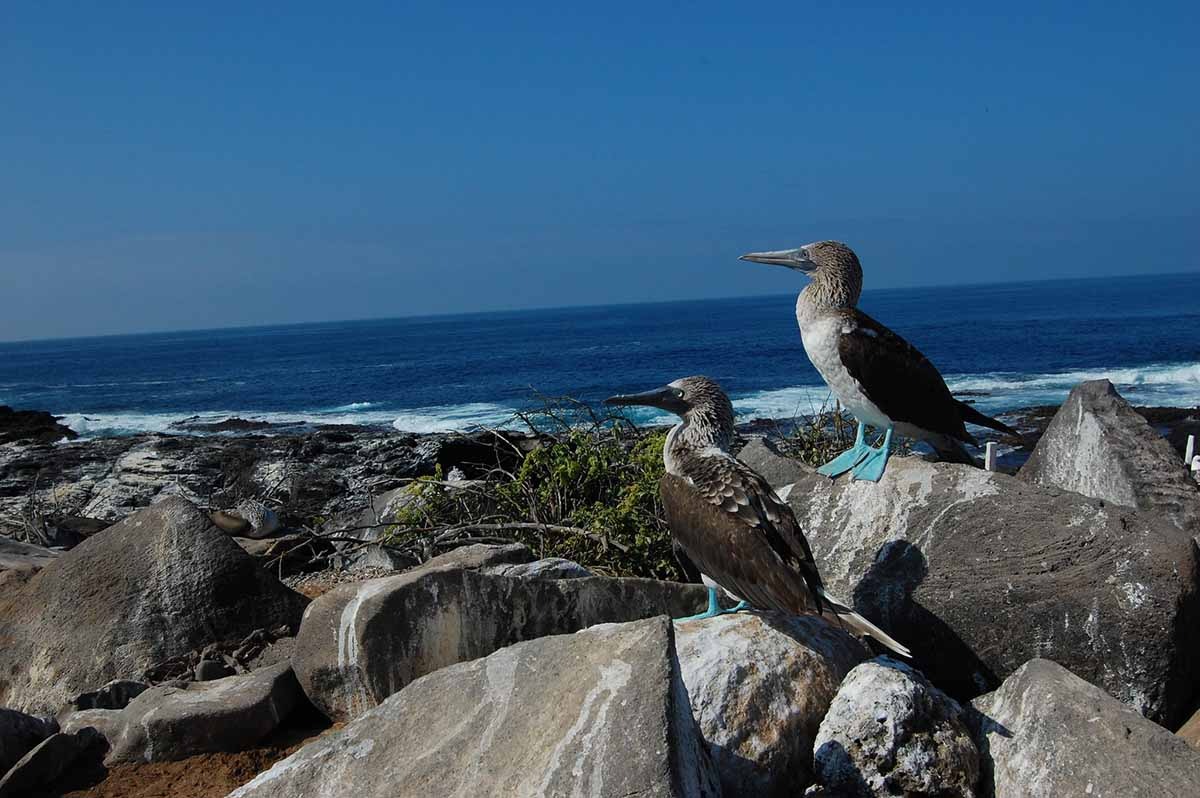
Espanola Island attractions are plentiful. Gardner Bay (Bahia Gardner) is one of these. Gardner Bay has a lovely bit pristine sand seashore, during your visit you are going to share with a range of sea lions of all sizes. The other visitor site on the island is Punta Suarez. The bird life within the islet is de facto quite extraordinary. Besides the waved albatross, there are actually blue footed boobies and Nazca boobies to be discovered on Espanola Island. Other Espanola Isle creatures includes red-billed tropic birds, the Galapagos hawk, and sea lions. For those who are with a Galapagos Islands sailing trip, you might even be exceptionally fortunate and get to spot whales on the trip over towards the island.
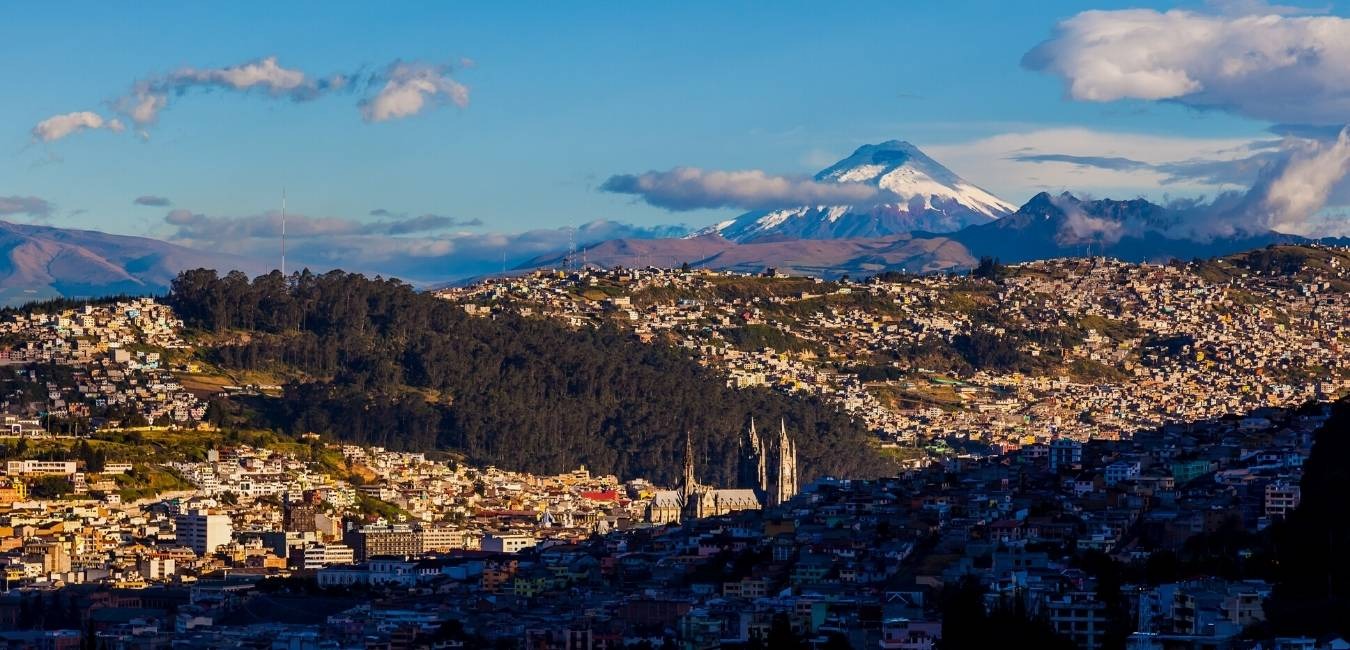
The very best means to discover the historic town of Quito is by foot. The slim roads are not excellent for heavy automobile transport, plus by foot you have the ability to discover concealed treasures at the spin of every corner. You can wander via the doors of Quito's "Gold Church" (La Iglesia de la Compañía de Jesús) and be right away surrounded by a gold glow. This would be the church model of El Dorado.
The "Gold Church" isn't the only must see location, you can visit the gothic Basilica. Once at the top, Quito spreads out prior to your eyes while the double church lookouts offer an engaging foreground.
It is possible to stray for hours in urban areas like Quito-- there's usually something nearby at every turn. We saw numerous photogenic streets edged with old residences and there are lots of nice little coffee bars where you relax your legs as well as take in some dessert
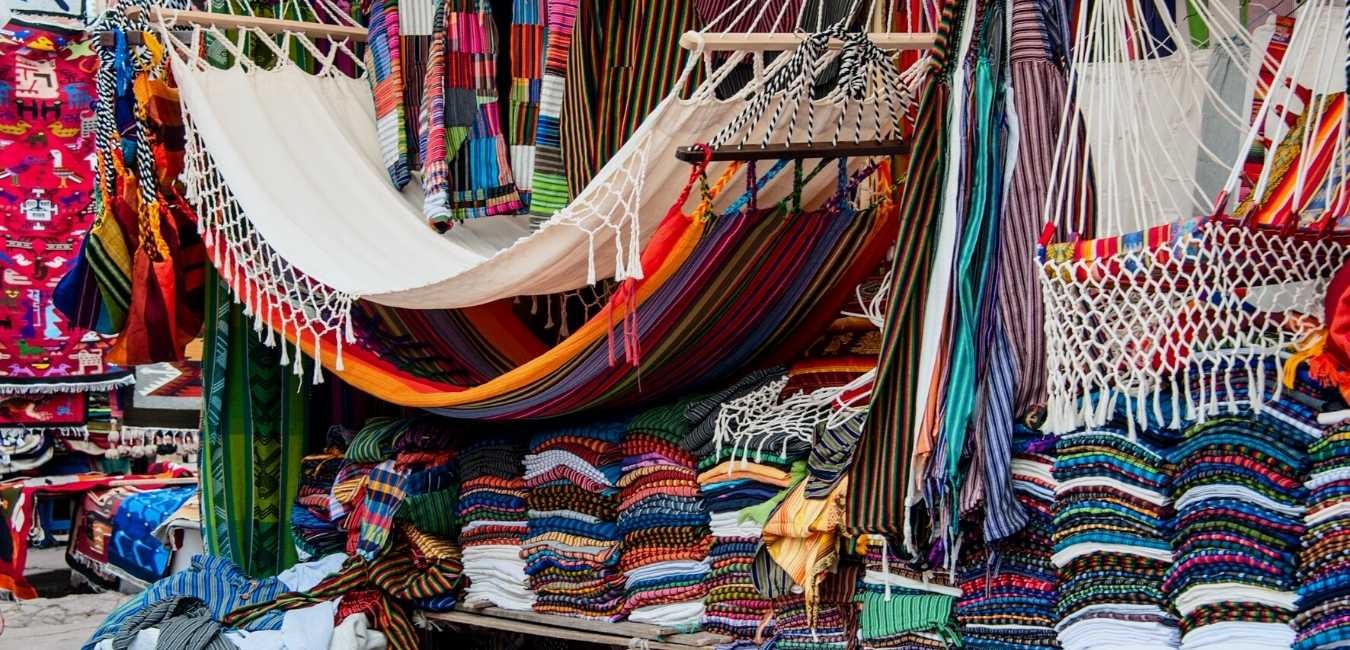
Otavalo is dwelling to Ecuador’s most renowned market place and it is the ideal spot to look for ponchos, sweaters as well as other souvenirs in Ecuador. This andean village is the main hub for a formidable native group who earn a living generating and promoting their wonderful handcrafted items.

The Yasuni nature sanctuary is positioned in the East Andes lowland area in the district of Napo, found in the north tropical lowlands of Ecuador. The Yasuni ecological reserve is one of the locations with the top biodiversity per square metre on the planet.
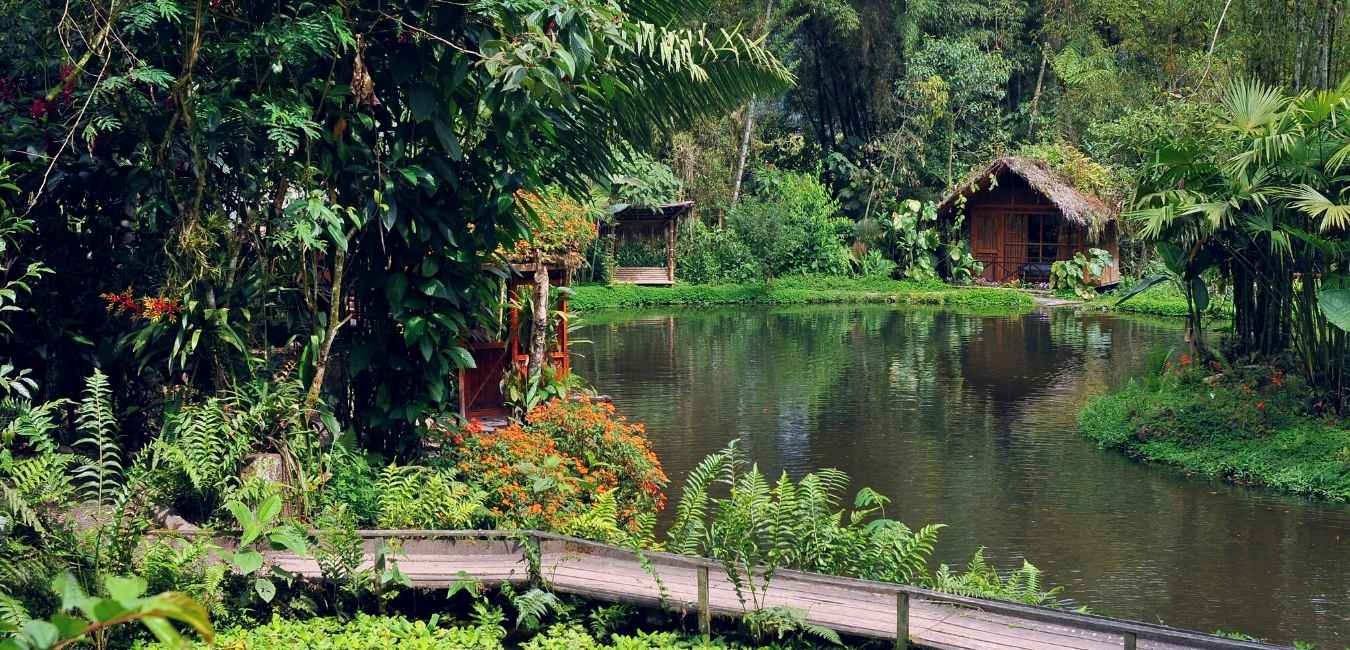
The Mindo Cloud Forest is a one-of-a-kind eco-system in Ecuador that's identified around the world for its biological diversity as well as bird watching. The green subtropical forest supplies a magical setting to wander about and also seek fun activities, in addition to finding numerous varieties of animals.
It is birdwatching activities in Mindo Ecuador that tends to be a significant draw to the location. Yet there are so many more incredible activities to do within the Mindo Cloud Forest that also non-birding vacationers can spend numerous days' well worth of adventure.
Top 13 experiences to enjoy in Ecuador
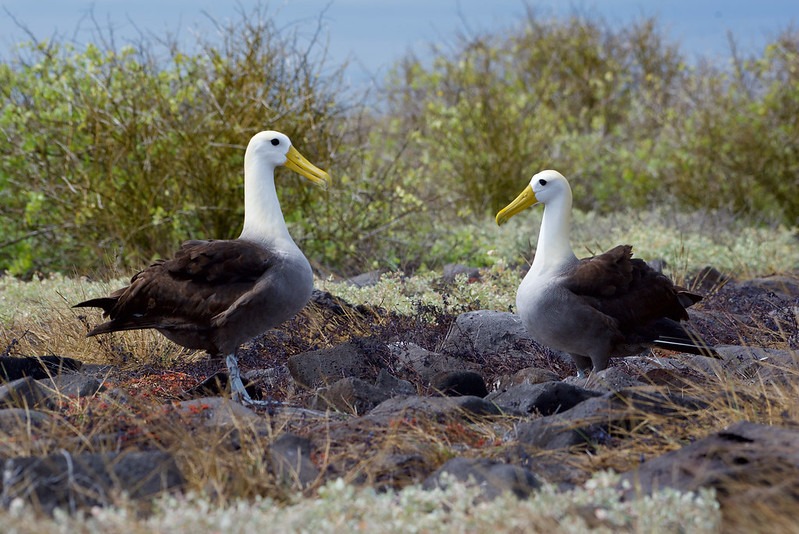
A 45 minute hike from the landing point on Punta Suarez will allow you to see one of the top experiences mother nature has to offer: the Albatross airport as we call it…the cliff sides near the nesting grounds serve as a launch point for juvenile birds that plunge towards the rocks and as they are about to crash they spread their wings and fly away into over the deep. Some do not make it, hence the skeletons on the sand below. An amazing scene, that together with the unique mating dance from the nesting pairs will drop the jaw of the most unnerved visitors.

Off the islands of Bartolome or Chinese Hat, popular snorkeling sites on any central islands itinerary of the Galapagos it is possible to swim into sunken craters, amongst lava formations and in secluded bays. As you plunge into the deep and observe colorful fish, sea turtles and rays, you continue to explore and suddenly a torpedo goes by… it is a darting penguin, yes a penguin at the Equator. The Galapagos penguin is the only species of its kind and it is an icon of Ecuador and it’s islands.
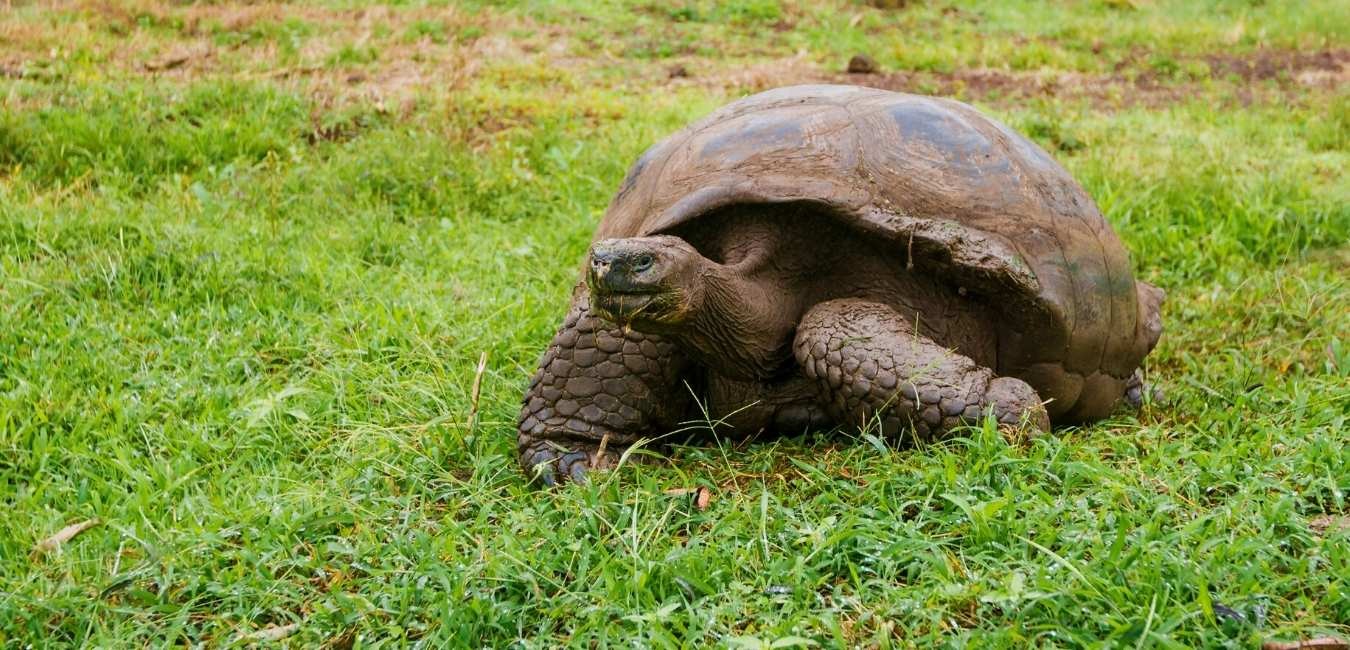
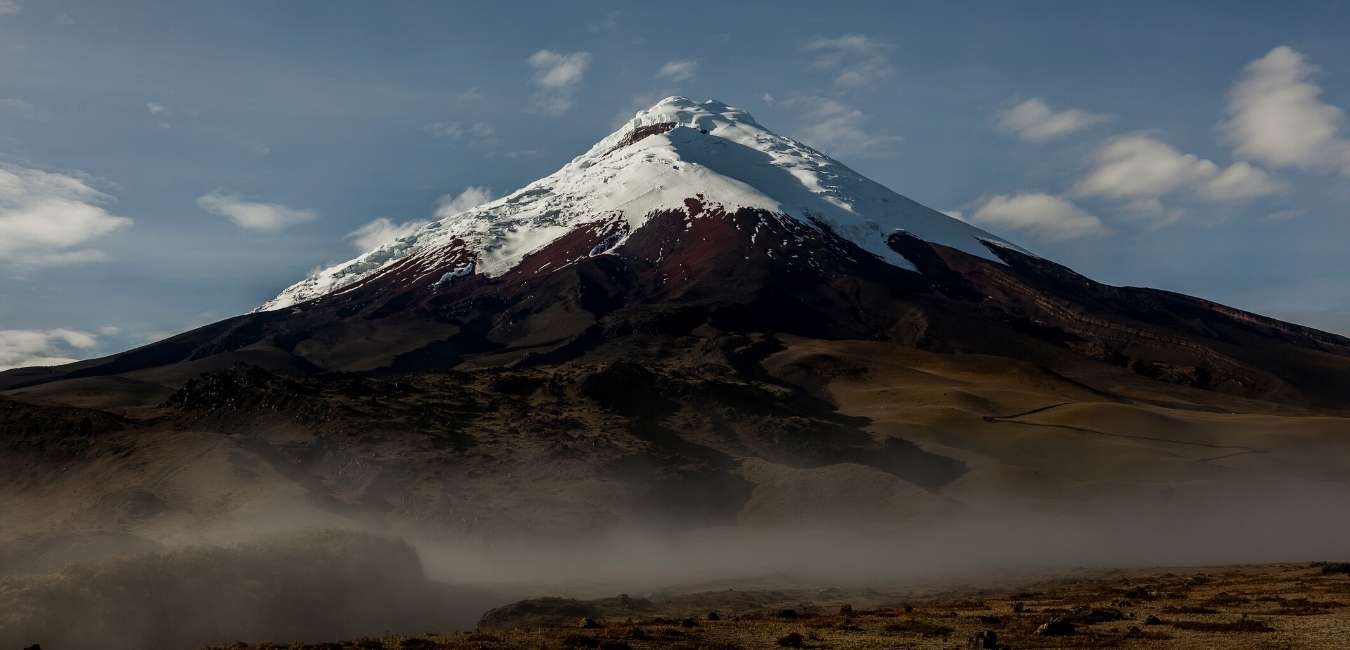
One of the highest active volcanos on the planet, Cotopaxi, is just 1h30 driving from the city of Quito. A guided tour will take you to visit the park, the limpiopungo lake and you will be driven up to the parking area near the refuge. From the the parking area you can hike up to the glacier, it will take you about 1 hour, although only a few hundred yards you need to walk slowly due to the altitude. A summit view of the entire Andes below is worth the effort.
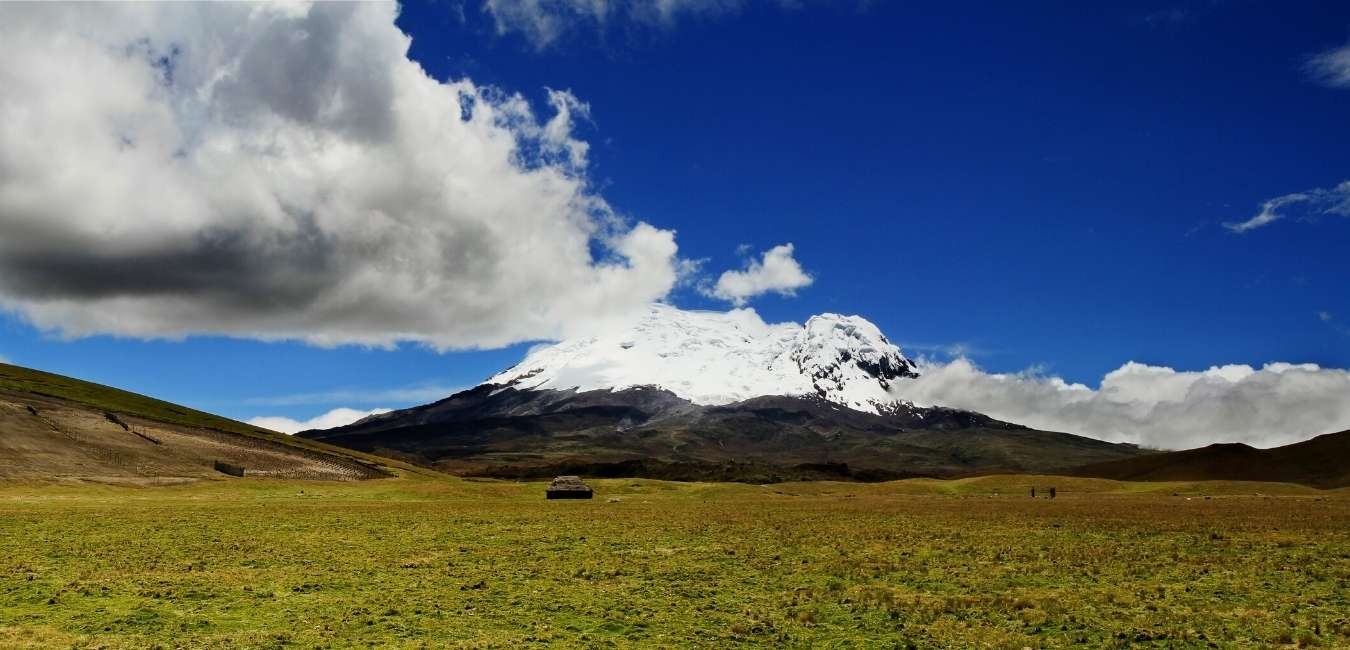
The Canyons and channels formed by former lava flows are nesting sites to the Andean Condor. It is possible to position yourself alongside the cliffs and observe Condor’s soaring above as they return from gathering food to feed their nests. From 5 to 6 Condors can be observed daily.

La Compañia de Jesus, San Francisco, the catedral and Santo Domingo are a few of many amazing churches. Stone carvings, wooden sculptures and impressive gold leaf inlays are all part of the religious are found in the many Quito monasteries, convents and churches. The eclectic blend that was born from Spanish and indigenous art still impresses visitors up to the day.
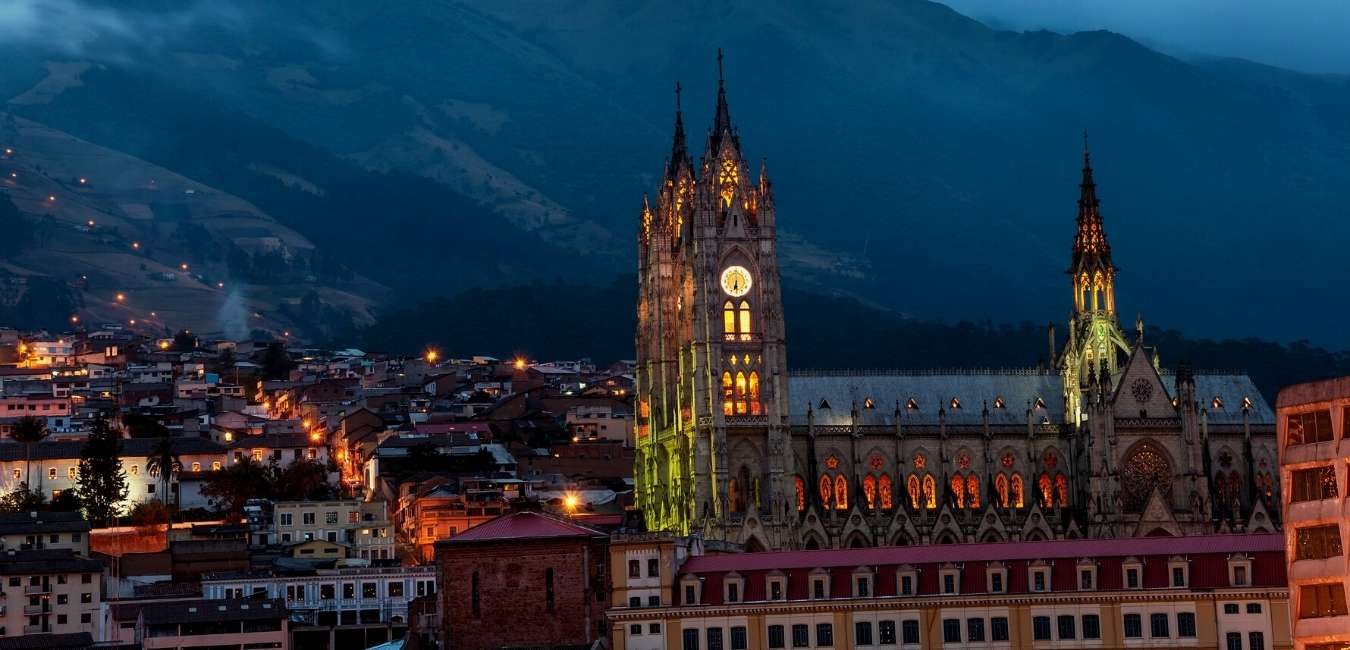
One of the best places to grab a birdseye view of old town Quito is by climbing to the clock tower within Quito’s most important gothic building “La Basilica del Voto Nacional” – dedicated to the countries vows. Instead of gargoyles, the façade holds sculptures of Galapagos tortoises, primates, jaguars and other wildlife of Ecuador. It is the largest gothic building in South America, it’s dimensions are just a tad short of Notre Dame which is the sites inspiration. The building is entirely made of volcanic stone from Pichincha volcano. Other impressive features are the stained glass work.
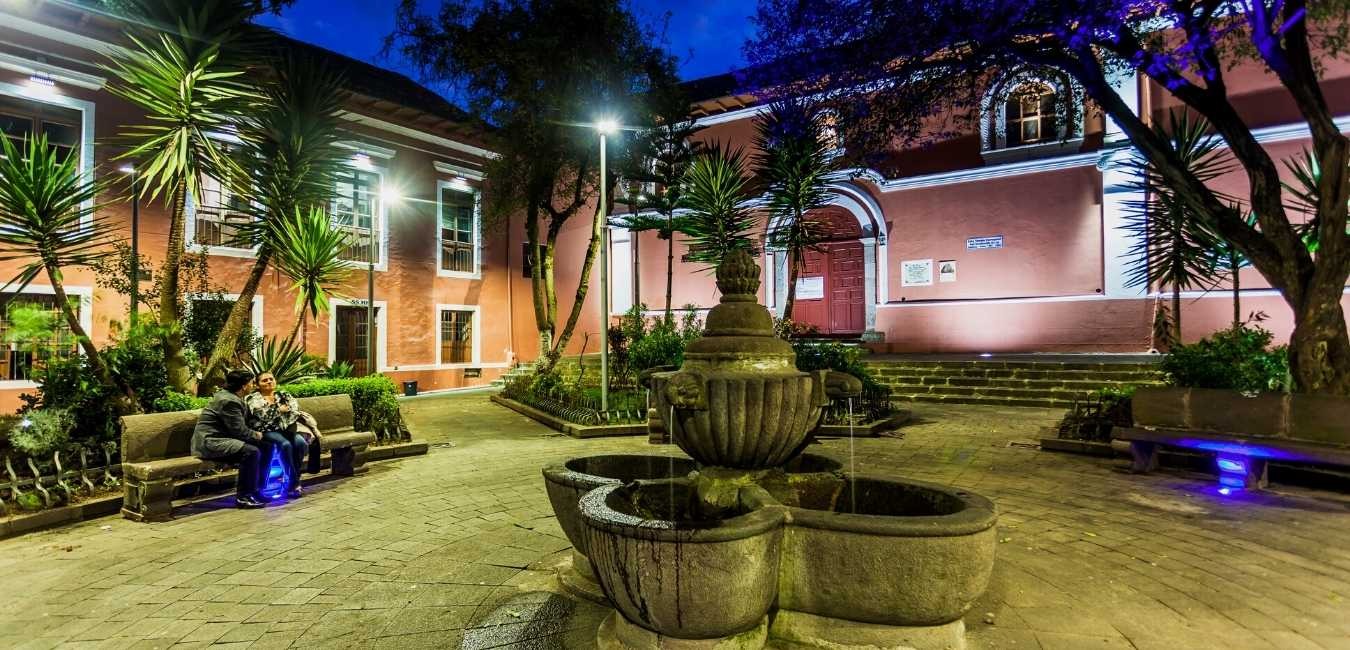
A artisan soho in the old town of Quito. This colonial neighborhood is inhabited by families and many artists, artisans traditional folks, descendants from the original inhabitants of Quito. This is a one street district, a line up of colonial buildings and homes with a historic background. Within this colorful backdrop there are several workshops to visit and meet the locals with the chance to interact and get to know their trade and lifestyle in the cities historic district.
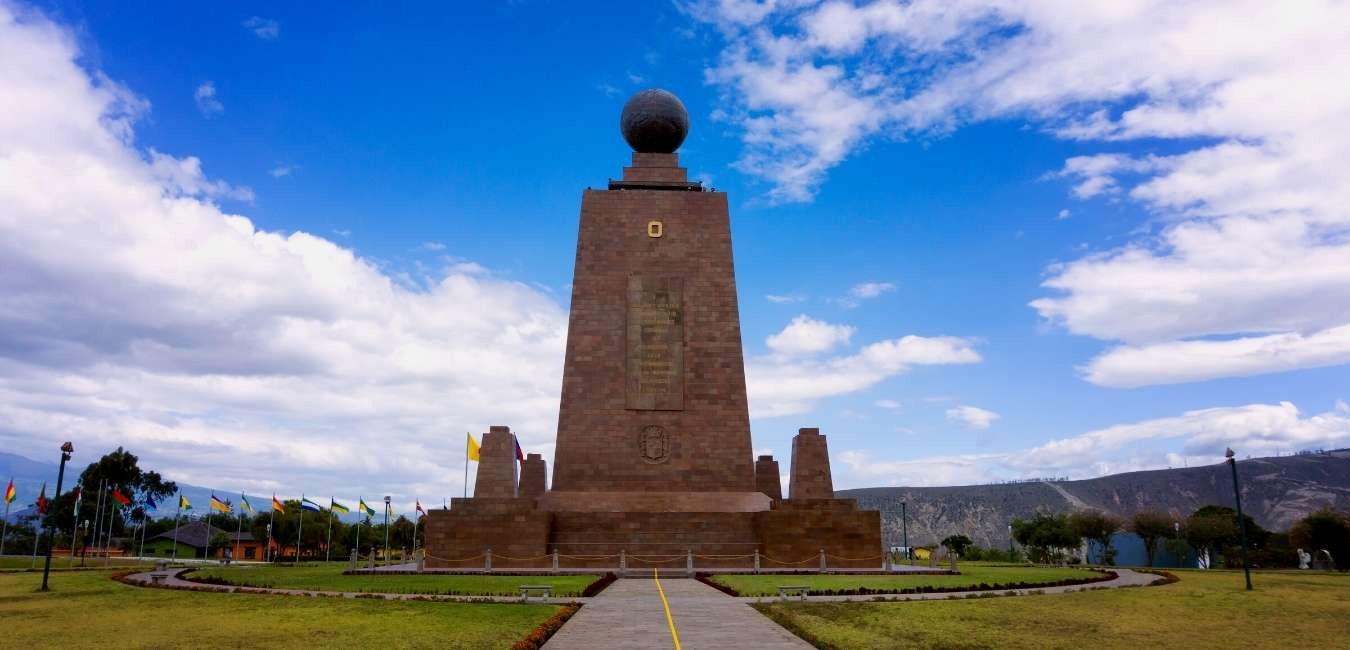
Undecided which is your favourite hemisphere on the planet? You can switch over in matter of seconds. At the equator line you can decide to stand on one or the other side of the Equator, north or south, or even have one foot at each side of the line that marks the middle of the world
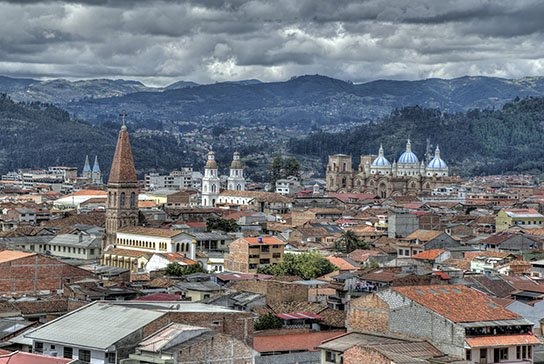
The quaint city of Cuenca is home to weavers and other artists. As you walk the city, you might spot ladies at park benches and corners chatting away the day as they weave straw hats without even stopping to take a glance at their work. It is possible to enter a processing center where hats are given form and polished before put on display or sent as exports around the world.

It requires about 2 and a half hours to arrive at Otavalo coming from Quito, so if you are visiting on a day trip then you will have to have to get going early. The marketplace begins about 9AM and keeps going till just about sunset.
Much like street markets around the world, ponchos and other crafts are up for haggling at the Otavalo Market. That being mentioned, we know as Ecuadorians, we are extremely effortless and warm to negotiate with.

Quilotoa Loop is actually a ring-shaped route that links distant communities in the higher Andean highlands in Ecuador part of the Cotopaxi area. It is actually a terrific overview to the nation's agricultural lifestyle and, at the same time, to trekking in South America.
The trail goes along deep valleys, alongside dusty paths, around rolling green foothills, via smaller traditional settlements, and either starts or finishes alongside the green-colored volcanic lake high up inside the andes, which was produced about 6 centuries ago by an huge eruption.
This lake is called Quilotoa Lake, and it is actually among the list of must-visit locations in Ecuador.
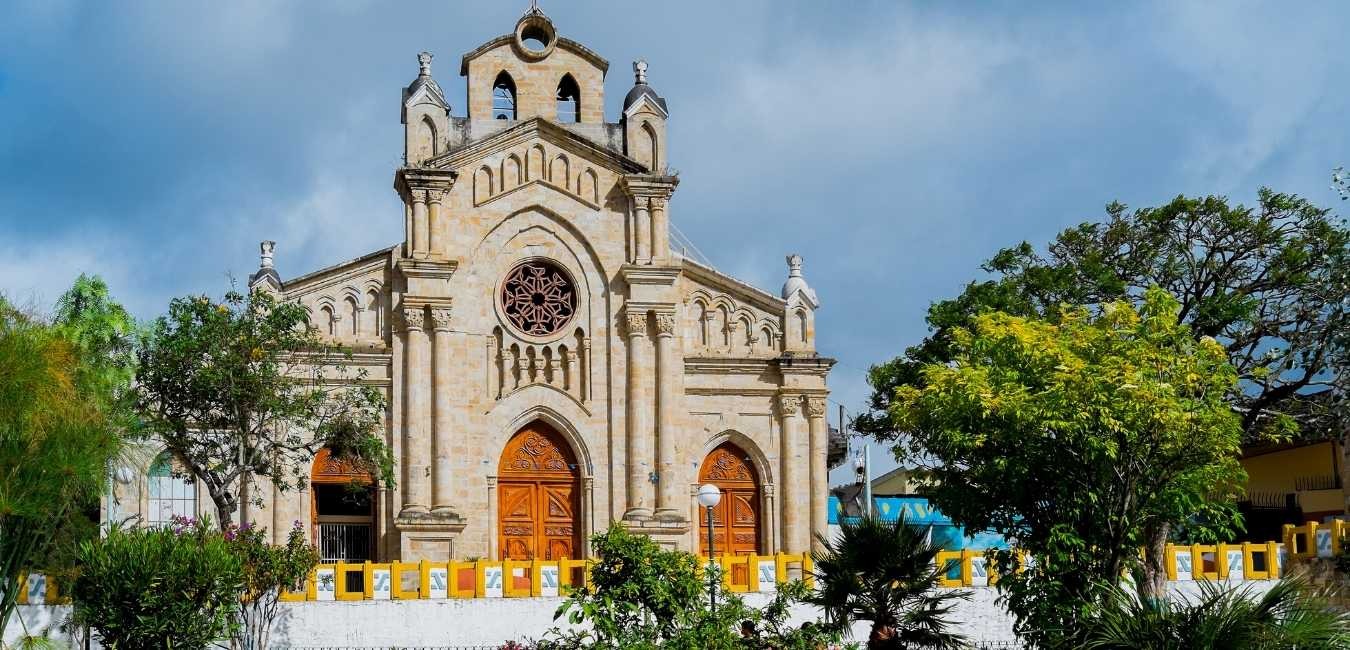
This tiny unknown jewel town probably will not be below the radar for a lot longer. The charming village showcases mountainous backdrops, hallowed sites, a typical market, a pleasing central park plaza, friendly folks, and phenomenal cookery treats.
Nestled conveniently in between the colonial city of Cuenca and the popular township of Vilcabamba, Saraguro really shouldn’t definitely be such a secret.
On the list of key motives to check out this remote nook of the Andes is Shamuico Espai Gastronomic.
The eatery is run by Samuel Ortega, who has been successful at most likely a couple of of the greatest restaurants in the planet in Girona, Spain.
Farm to table, organic ingredients, with a appearance that could leave you feeling like you are going to feast a delightful masterwork. The tastes are refreshing with distinct blends that leave you intrigued, yet satisfied. The traditional Ecuadorian recipes are reconstructed and have a fancy twist.
